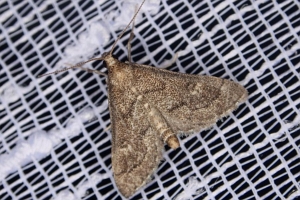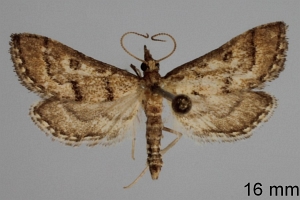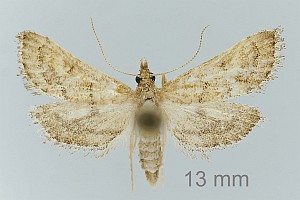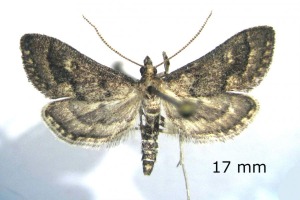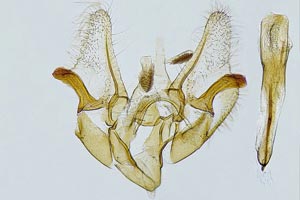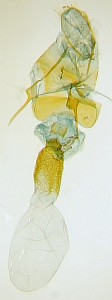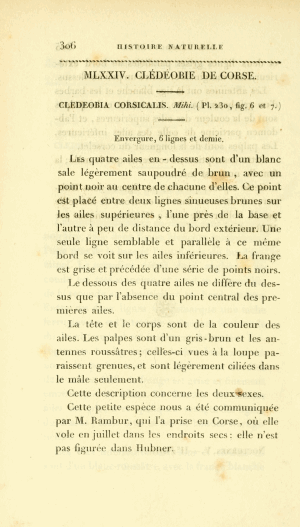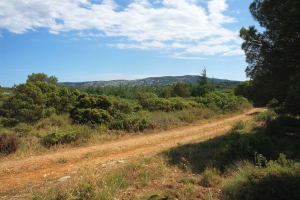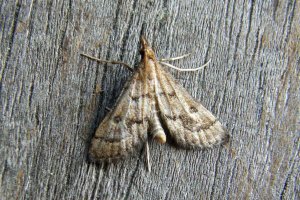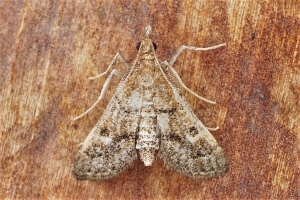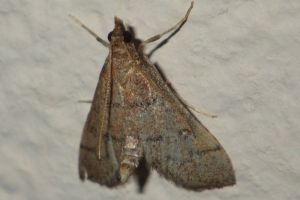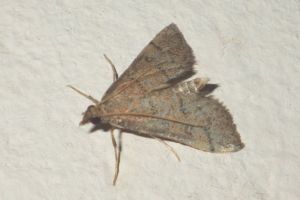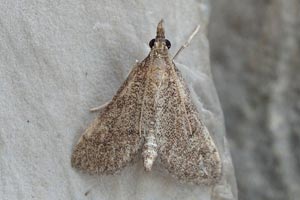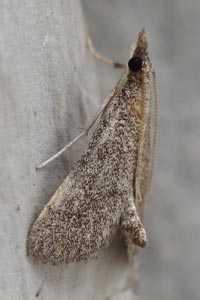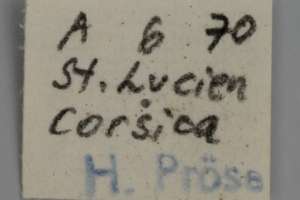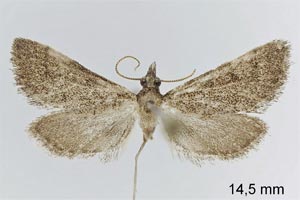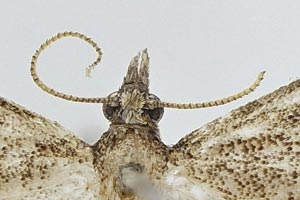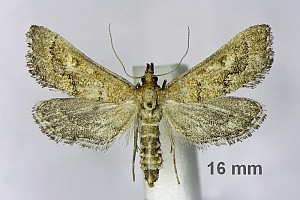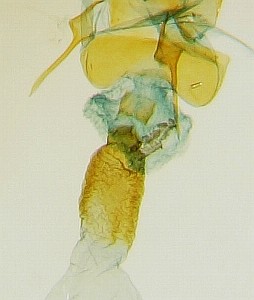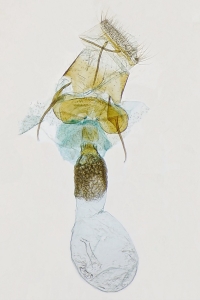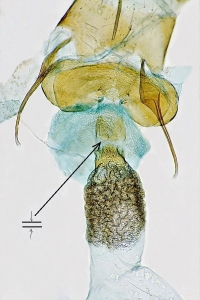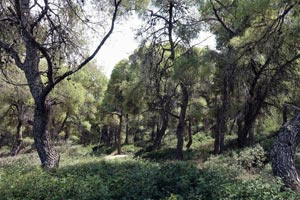Länder:

 +15Kontinente:EUAF
+15Kontinente:EUAF


 +15Kontinente:EUAF
+15Kontinente:EUAFNeues Layout der Navigation (Beta Test)
LebendfotosDiagnoseGenitalienBiologieWeitere InformationenEtymologie (Namenserklärung)Andere KombinationenSynonymeFaunistikPublikationsjahr der ErstbeschreibungLiteratur
1. Lebendfotos
1.1. Falter
1: Italien, Apulien, Gargano-Baia dei Campi, im Campingplatz, 10 m, 24. Juni 2013 (det. & fot.: Werner Pichler), conf. Carlo CabeliaForum
2: Frankreich, Provence, Bouches-du-Rhône, Mausanne-les-Alpilles, 130 m, Juni 2013, am Licht (Foto:Helmut Kaiser) det. anonymus (Name der Redaktion bekannt) auf pathpiva.frForum
3: ♀, Frankreich, Okzitanien, Umgebung Fraissé-des-Corbières, 42.992771, 2.899065, 30. Juni 2021, am Licht (leg., gen. det. & fot.: Friedmar Graf)Forum
4-5: Griechenland (Festland und festlandsnahe Inseln), Region Kreta, Regionalbezirk Chania, Kambanos, extensives Olivenanbaugebiet, 420m, 14. Juli 2023, am Licht (det. & Foto: Andreas Manz)Forum
6-7: ♂, Griechenland (Festland und festlandsnahe Inseln), Chalkidiki, Kassandra, Pefkochori, 7 m, 14. Juni 2023, am Licht (leg., gen. det. & fot.: Friedmar Graf), Referenz Slamka (2013)Forum
2. Diagnose
2.1. Männchen
1-2: ♂, Frankreich, Korsika, Daten siehe Etikett (fot.: Michel Kettner), coll. ZSM, "Pröse-Sammlung"
3-4: ♂, Griechenland (Festland und festlandsnahe Inseln), Chalkidiki, Kassandra, Pefkochori, 7 m, 14. Juni 2023, am Licht(leg., gen. det. & fot.: Friedmar Graf), Referenz Slamka (2013)Forum
2.2. Weibchen
2.3. Geschlecht nicht bestimmt
1: Frankreich, Pyrénées Orientales, Llauro, ca. 400 m, 27. Juni 2012, am UV-Licht (leg., det. & fot. Eivind Palm)Forum
2.4. Genitalien
2.4.1. Männchen
1: ♂, Griechenland (Festland und festlandsnahe Inseln), Chalkidiki, Kassandra, Pefkochori, 7 m, 14. Juni 2023, am Licht (leg., gen. det. & fot.: Friedmar Graf), Referenz Slamka (2013)Forum
2.4.2. Weibchen
2.5. Erstbeschreibung
1-4: Duponchel ([1833]: 306, pl. CCXXX figs. 6-7) [nach Copyright-freien Scans auf www.biodiversitylibrary.org]
4. Weitere Informationen
4.1. Etymologie (Namenserklärung)
„Corsica.“
4.2. Andere Kombinationen
- Cledeobia corsicalis Duponchel, [1833] [Originalkombination]
4.3. Synonyme
- Stenia infidalis Mann, 1855
4.4. Faunistik
Locus typicus ist Korsika. Die Art ist in Südwesteuropa (Spanien, Frankreich, Korsika, Sardinien, Balearen, Sizilien, Italien, Malta) verbreitet und reicht ostwärts bis Kroatien (Šumpich 2013).
4.5. Publikationsjahr der Erstbeschreibung
Woodward (1922: 379) [Digitalisat auf biodiversitylibrary.org] teilt die Publikationsjahre des Bandes mit: 1-224 und pl. 211-224 1832, 225-336 und pl. 225-232 1833, 337-“[403]” [sic, recte: 400] und pl. 233-236 1834.
(Autor: Jürgen Rodeland)
4.6. Literatur
- Erstbeschreibung: Duponchel, P.-A.-J. („1831“) [1832-1834]: Histoire naturelle des lépidoptères ou papillons de France. Tome huitième. IIe Partie: 1-400, pl. CCXI-CCXXXVI. Paris (Méquignon-Marvis).
- Slamka, F. (2013): Pyraloidea of Europe (Lepidoptera). Volume 3. Pyraustinae & Spilomelinae. Identification - Distribution - Habitat - Biology. — 357 S., 133 Taf. mit Genitalabb., 31 Farbtaf. mit fast 1100 Bildern – Bratislava (Eigenverlag František Slamka).
- Šumpich, J. (2013): Faunistic records of some Microlepidoptera from Croatia. — Entomologia Croatica, 17 (1–4): 13–33. [PDF auf hrcak.srce.hr] bzw. [PDF auf entomologicalservice.com]
- Woodward, B. B. (1922): Catalogue of the Books, Manuscripts, Maps and Drawings in the British Museum (Natural History). Vol. VI. Supplement: A–I: i-iv, 1-511, 1-48. London.
















